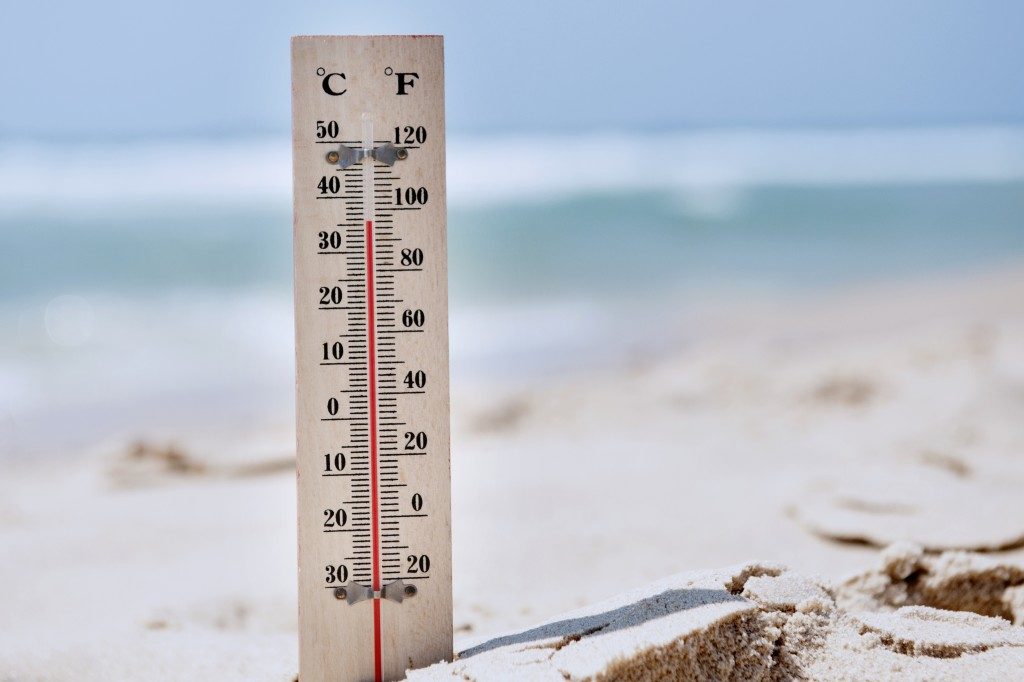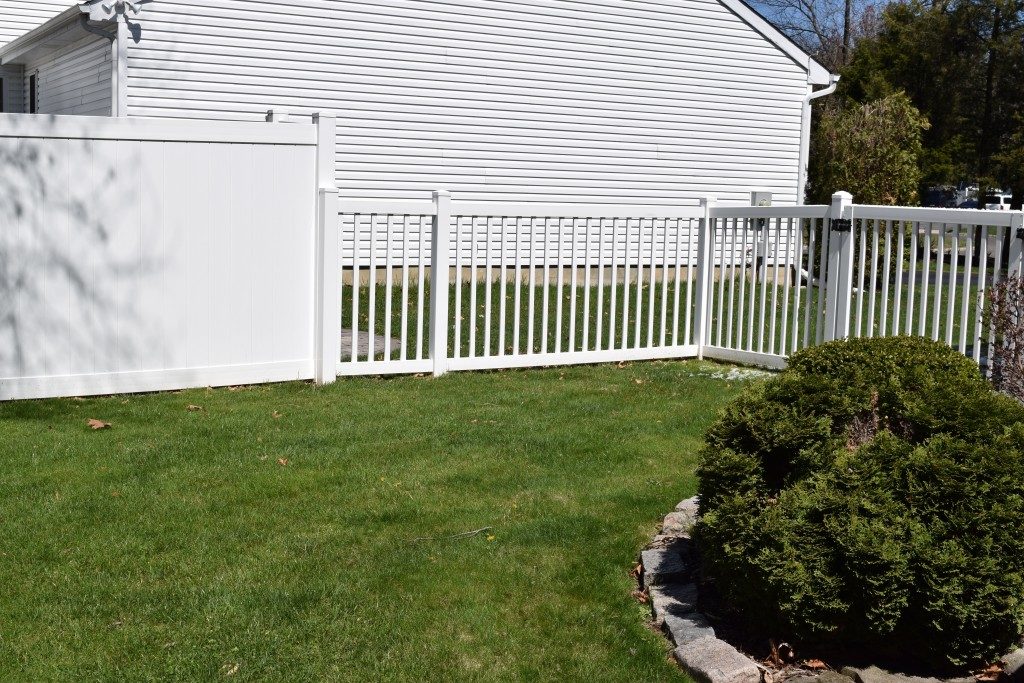Vinyl fences are currently all the rage for commercial and residential properties. Although costly, the durability, strength, and versatility of vinyl fencing remain unmatched. It also comes with the broadest customization options and color ranges among all fencing material options. Vinyl fences primarily comprise polyvinyl chloride enhanced with various additives that confer different properties to it. Titanium oxide is, for instance, added to improve the UV resistance of the fence and make it hold its color for ages.
When shopping for a vinyl fence in Tampa, Florida, you will come across different ratings that denote a range of properties for the fence. Without expertise, it is hard to make sense of most of these ratings. The ratings are manufacturer-regulated to guarantee that the vinyl fencing slats conform to the highest standards. The following tidbits will ease our comprehension of the ratings on your vinyl fence.
ASTM D 638 (Tensile Strength)
This will measure the load for every unit area required to break your vinyl fencing slats. Hence, it gauges the fence’s durability. During the test, a vinyl sample is placed in tension along the long axis until it becomes a narrow slat along its mid-portion. Before getting the ASTM D 638 mark, the yield strength of the material, which denotes its lowest minimum tensile load, is also computed to ensure that it meets the industry’s standards.
ASTM D 648 (Deflection Temperature)
 This reflects the temperature at which your vinyl fencing will become deformed. A bar-shaped sample of PVC measuring about 127 mm long and with a depth of 13 mm is loaded with weights, then boiled in an immersion bath. A measuring device will then indicate the temperature at which the vinyl has become deformed.
This reflects the temperature at which your vinyl fencing will become deformed. A bar-shaped sample of PVC measuring about 127 mm long and with a depth of 13 mm is loaded with weights, then boiled in an immersion bath. A measuring device will then indicate the temperature at which the vinyl has become deformed.
ASTM D 1929 (Ignition Temperature)
This is also called a flash ignition test. It denotes the lowest initial temperature at which air has passed through a specimen to ignite a pilot light in the presence of combustible gas in the vinyl sample. PVC needs extremely high temperature to ignite, and this mark indicates that the fence will not be a contributor to fires in your property from small sparks.
ASTM D 1435 and ASTM D 3679 (Weathering)
These tests denote the ability of your fence to withstand a range of weather elements. The tests are performed outdoors to mimic as much of your area’s climate as possible. The climates mimicked include humid and hot, hot and dry, and temperate climates. At the end of being exposed to these weather conditions for a specified period, the vinyl should be free of chips, flakes, peeling, or crazing to pass the weathering test.
Vinyl fences are among the best-manufactured option in today’s markets. The above standardization tests and marks guarantee that the one you get from a reputable supplier will give you the highest form of durability and strength for your application. After picking the right vinyl fencing product, you now have different styles to select for your fence. The standard style choices for vinyl fences include post and rail, picket, and privacy fences. All these designs feature hidden fasteners, so you are assured that the installation process will not affect the appearance of your fence.




